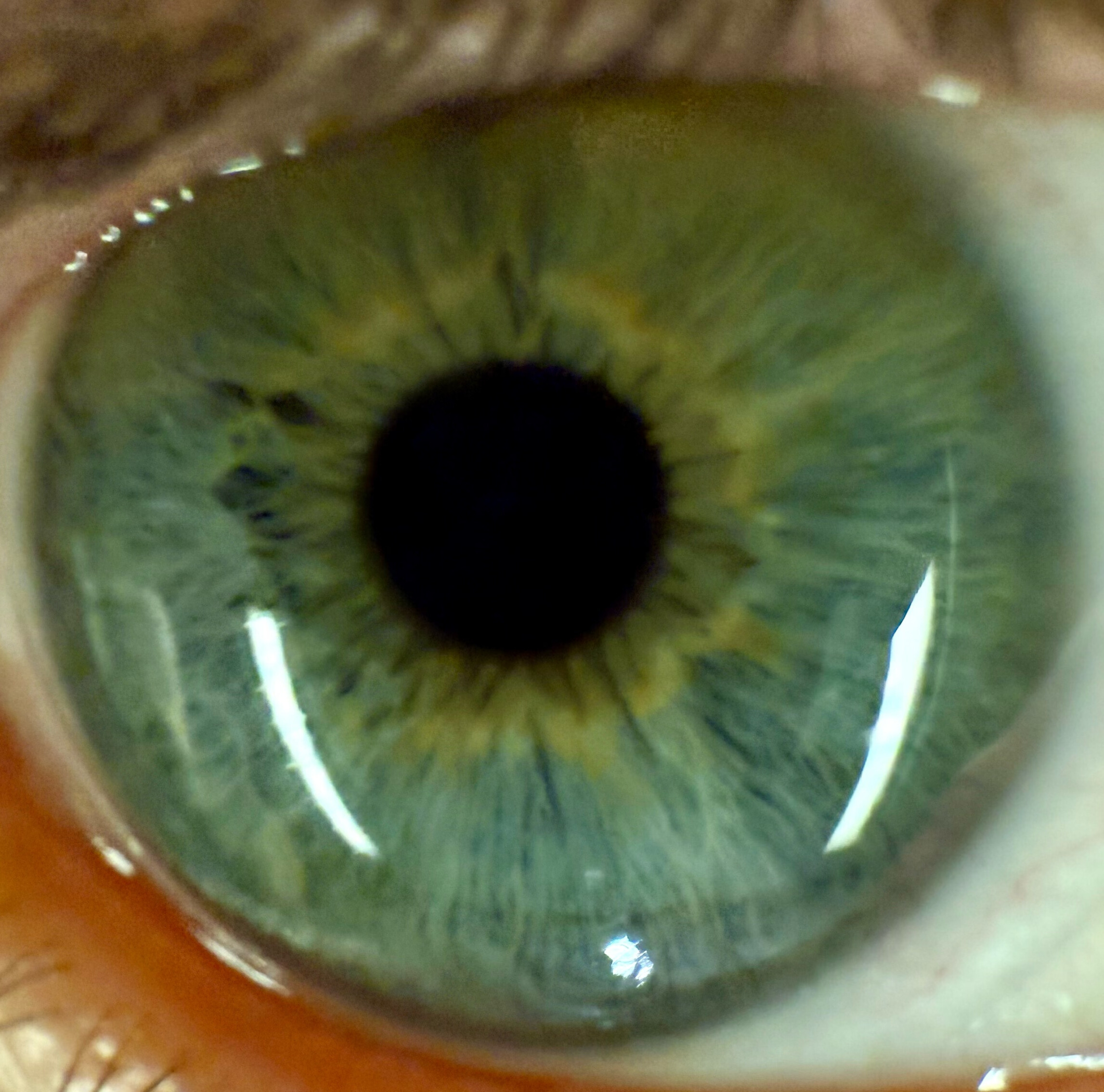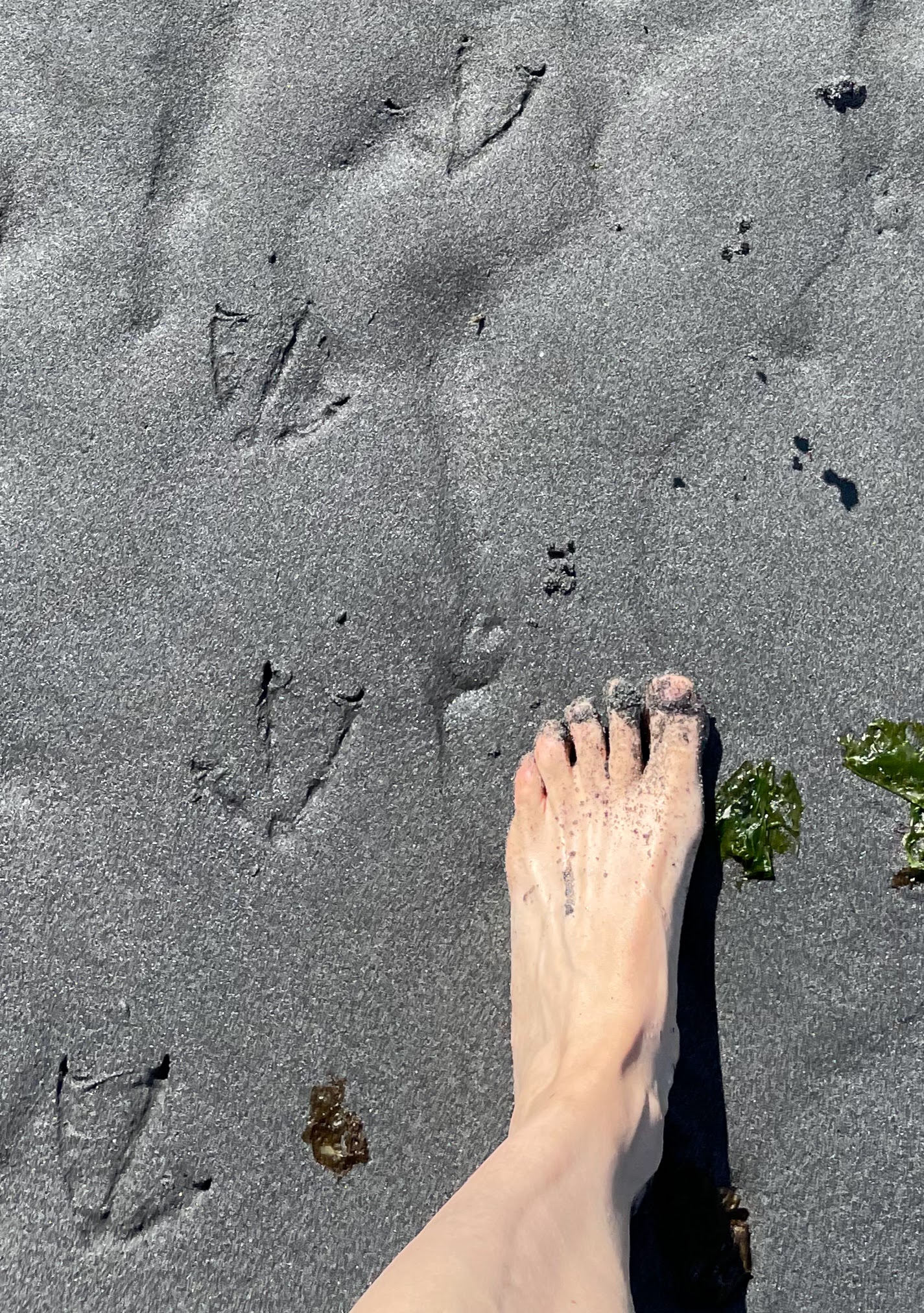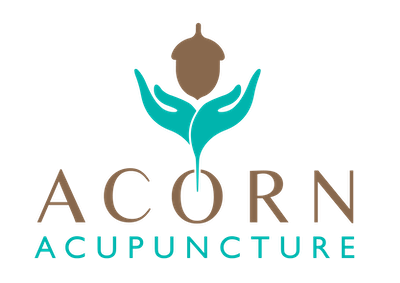A New Standard in Case Report Journals
Welcome to Convergent Points, an East-West Case Report Journal. Bridging traditional knowledge and scientific evidence, Convergent Points gathers and shares rigorous case reports from real-world acupuncture and Eastern Asian medical practices. If you’re interested in joining an interdisciplinary team setting a new standard for case reports and practice-based research, let us know!

Journal Summary
Convergent Points: An East-West Case Report Journal is an online, open access, peer reviewed publication dedicated to describing practices and outcomes within acupuncture and traditional Asian medicine. Individuated medical care is complex, and case reports best capture the diversity of integrative acupuncture treatments, as well as the multifactorial nature of patient experience. Case reports may also contribute to scientific understanding. The case reports in this journal adhere to rigorous guidelines in order to provide replicability and means of analysis, as well as education and inspiration across medical disciplines.
Aims:
- To create an ongoing library reference for high quality, scientifically rigorous AEAM case reports.
- To inspire practitioners to collect data that accurately reflect the scope of AEAM, as well as data that reflect social and environmental factors affecting patients' health.
- To provide a platform for emerging scholars and leaders in the field of AEAM to share knowledge and experience.
Publication Frequency:
- October 15th & February 15th publication
- Two submission deadlines: August 1st, December 1st
Learn more:
Interested in the benefits of case report research, or how to submit a case report for consideration?About Case Reports Submission Guidelines
Current Issue

Editor's Note:
Dear Colleagues,
Welcome to our current issue, Clinical Complexity. Practitioners intimately understand that the reality of clinical practice involves fluid, interwoven patterns that cannot be reduced to simple cause-and-effect. This complexity—in diagnosis, treatment strategies, and patient responses—has historically been captured through case reports, a tradition spanning over two millennia. The case reports published in Convergent Points are detailed, rigorous, and accurate enough to stand as part of a solid foundation of evidence.
A considerable strength of traditional East Asian medical (TEAM) systems is the ability to recognize patterns within complex or little-known conditions. Anita Tayyebi's case report on acupuncture for syringomyelia offers practical insights into treating similarly complex neurological symptomatology within an integrated medical framework.
Sara Almaraz's detailed documentation of treating central serous chorioretinopathy with a combination of acupuncture, moxibustion, and Chinese herbal medicine demonstrates the interplay of multiple modalities in addressing a challenging ophthalmological condition.
Finally, Maria Linder and Rhys May's collaborative report on electroacupuncture for post-stroke foot drop and pain illustrates how combining traditional principles with modern techniques can be of enormous and sometimes unexpected benefit, even 30 years after an original cerebral accident.
Convergent Points exists to share the professional bounty that can be found in these detailed clinical narratives. However, we are also aware of the potential problem of making a broad generalization from an individual case. We are particularly excited to be collaborating on a research model that uses multiple sources of pragmatic data, such as case reports or clinical registries, for meaningful and statistically robust findings. A symposium on this collaborative project is scheduled for April 5th, 2025, at the International Society for Acupuncture Research's annual conference in Newport Beach, California. We hope you join us!
As you explore this issue, we invite you to consider how clinical experiences might contribute to our growing body of knowledge. Every carefully documented case report adds to our collective understanding of TEAM's effectiveness in real-world settings.
Thank you for your continued engagement with Convergent Points. Simply by reading, you are supporting thoughtful documentation and analysis of clinical practice in our field.
Warm regards,
Kathleen Lumiere, DAOM, LAc, Editor












